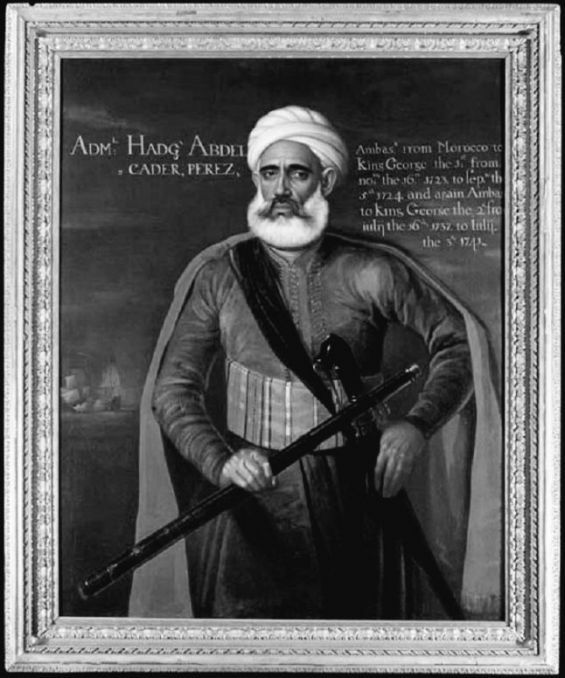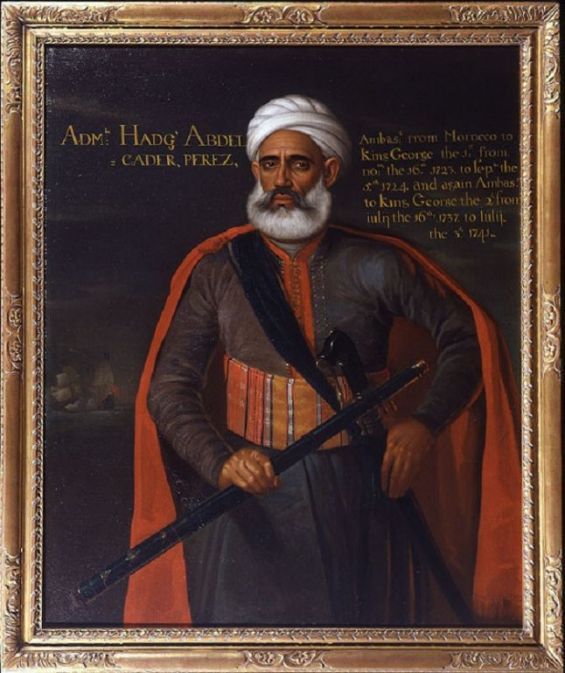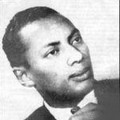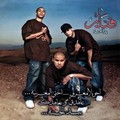Years after Moulay Ismail sent his trusted ambassador, Abdallah Ben Aisha, to Paris to discuss a treaty with the French in 1698, the Alaouite Sultan chose Abdelkader Perez to be his next diplomat to Europe. The distinguished man was sent in a delegation to the royal court in England.
Perez who was called an Admiral by the Dutch and Hag by the British was Morocco’s ambassador to England during the 18th century. He was sent the first time in 1723 to London by Moulay Ismail to meet King George I.
Meeting George I
According to «The Historical Register : Containing an Impartial Relations of All Transactions, Foreign and Domestick», (Volume 9) a book that keeps track of all remarkable events that occurred in England, ambassador Albedkader Perez met the King of Great Britain and Ireland, for the first time on the 7th of January 1724.
«Hag Abdelcader Perez, Embassador from the Emperor of Morocco, had his first Audience of the King», wrote the chronological diary.
Perez and George I met once again almost eight months later. According to the same source the two men held talks on the 29th of August 1724.
«His Excellency Hag Abdelcader Perez, Embassador from the emperor of Morocco, had a private Audience of Leave of his Majesty ; as he had also of the Prince and Princess of Wales on the gift».
Some historical sources suggest that the Moroccan Ambassador’s 1724 visit to England was not the only diplomatic mission he was tasked to fulfill.
 A portrait of Ambassador Abdelkader Perez./Ph. DR
A portrait of Ambassador Abdelkader Perez./Ph. DR
Visiting the Netherlands
After Moulay Ismail passed away, Abdelkader Perez was appointed by his predecessor and sent to the Netherlands where he was supposed to conclude a treaty with the Dutch, and revive the diplomatic ties with the European country.
However, the Alaouite court was going through a rough and unstable period at the time, especially with the new Sultan, Abu Abbas Mulay Abdullah bin Ismail as-Samin.
After ascending the throne, Moulay Abdellah sent a letter in 1729 to the Netherlands, informing the Dutch court that Admiral Abdelkader Perez was on his way to the Republic, reports a book entitled «Christenslaven: de slavernij-ervaringen van Cornelis Stout in Algiers (1678-1680) en Maria ter Meetelen in Marokko (1731-1743)» (Christian slaves : The slavery experiences of Cornelis Stout in Algiers (1678-1680) and Maria ter Meetelen in Morocco, published by Linschoten-Vereeniging).
According to the same book, Perez was sent to the Netherlands after the two countries failed to agree on a prisoners’ agreement under the reign of Moulay Ismail. Even when Moulay Abdellah was proclaimed emperor of Morocco, the Dutch couldn’t agree on the terms set by the Moroccans when exchanging captives.

In November 1730, Perez arrived in The Hague to conclude an agreement between Morocco and the Netherlands. According to the «Christenslaven», the Admiral managed to make the Dutch sign the treaty but because Sultan Moulay Abdallah was dethroned several times by his brothers, the agreement was never ratified.
After his trip to the Netherlands, Perez was sent back to England but this time under the reign of Moulay Ali ben Ismail, who ascended the throne after dethroning his brother Moulay Abdellah in 1734.
Perez left for England, headed at the time by King George II, for another diplomatic mission. An oil painting recalls the status the diplomat held in England. The portrait preserved now by the Ben Elwes Fine Art, a specialist dealer in the field of Old Master and British paintings, indicates that the Moroccan diplomat met King George II during his stay in the European country.





 chargement...
chargement...













